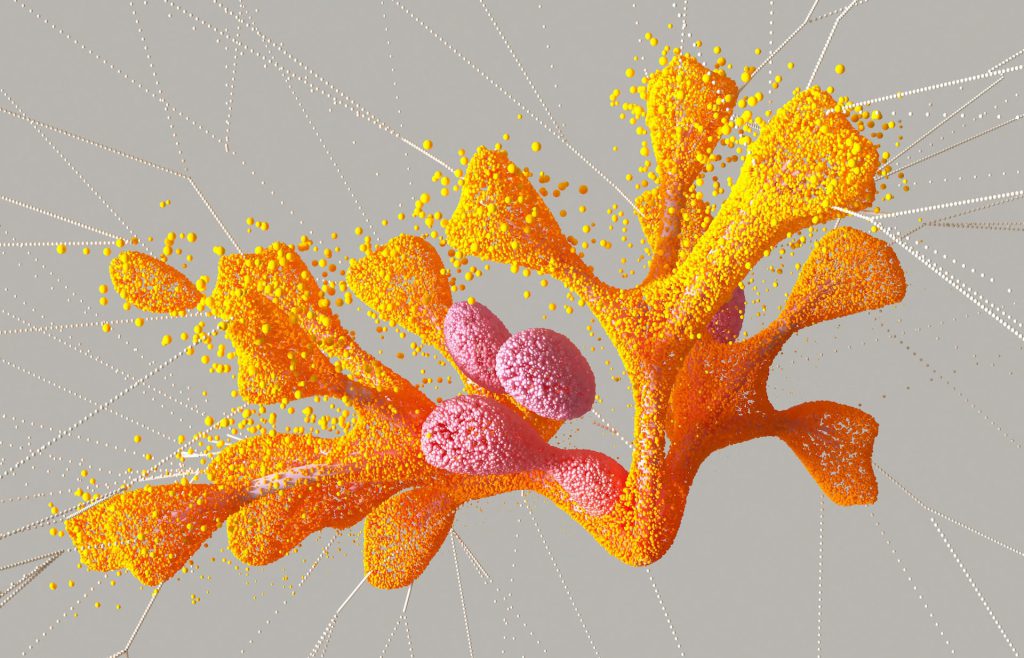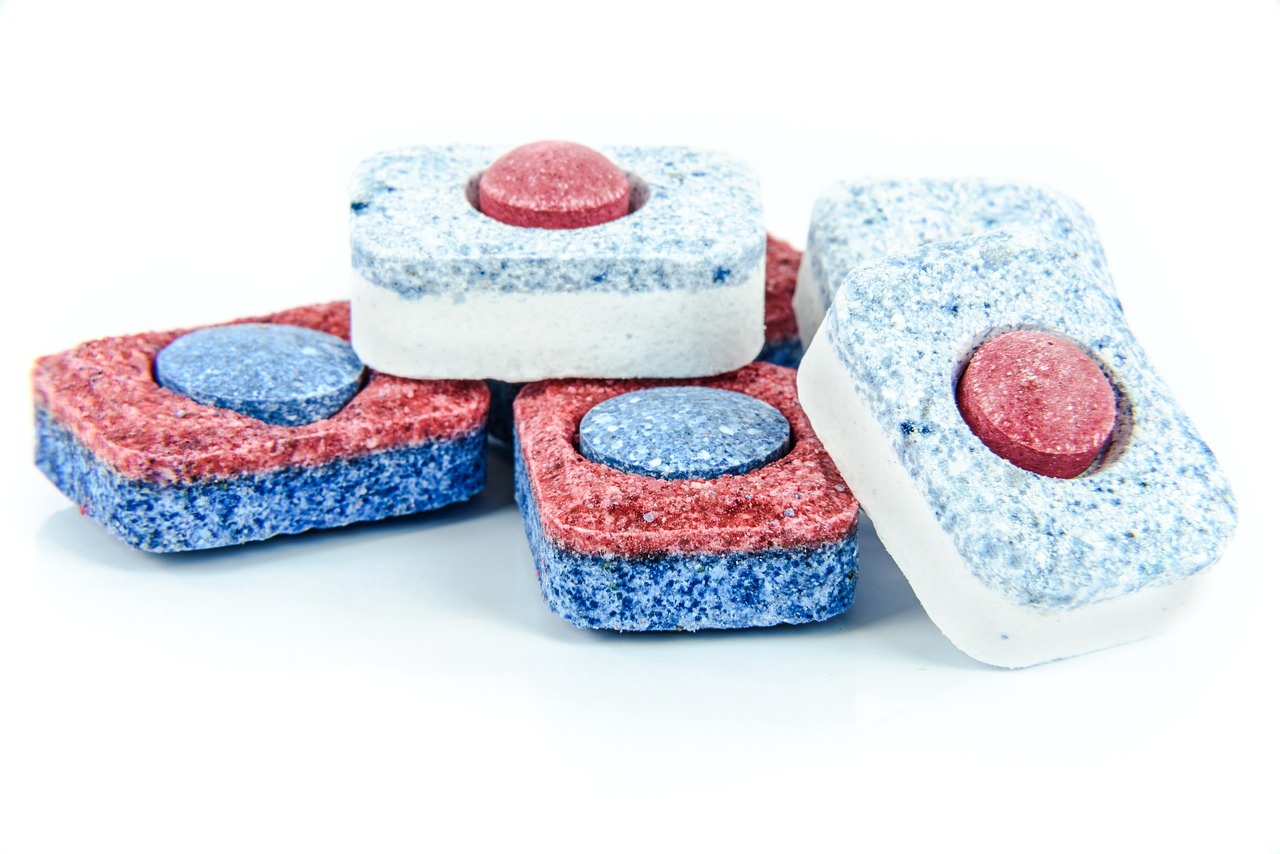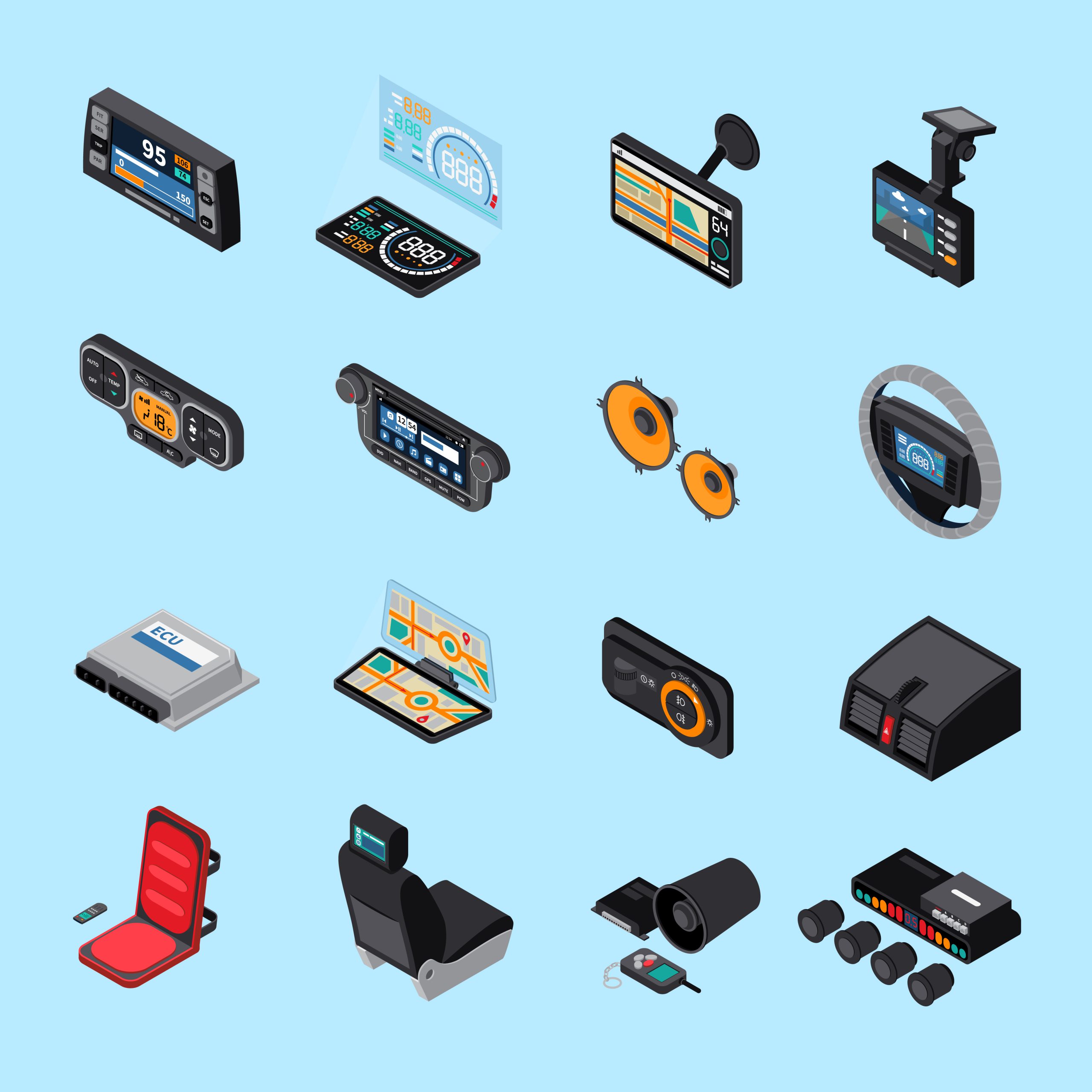Recent years have seen considerable advancements in the disciplines of artificial intelligence (AI) and natural language processing (NLP), with applications in a variety of industries including marketing, finance, and healthcare. However, when it comes to the potential effects of AI and NLP, the field of site design is one that is frequently disregarded. This post will examine how ChatGPT, a sizable language model created by OpenAI, and AI art can transform web design in the future.
Introduction
The user experience might be considerably improved by incorporating AI and NLP into the site design. AI can assess user behavior and preferences using machine learning algorithms to deliver specialized suggestions and information. AI may also help with the generation of visual components like images and drawings, making for a more engaging and eye-catching experience.
The Role of AI in Web Design
The user experience might be dramatically improved by incorporating AI into the site design. AI may help in the production of visual components like images and drawings, enabling a more dynamic and aesthetically pleasing experience. AI may also help in the creation of websites that are more receptive to user behavior by offering customized recommendations and information.
AI Art in Web Design
The usage of AI art is one of the most intriguing uses of AI in web design. Images, films, and even music may be produced by artificial intelligence (AI) through the use of machine learning algorithms. Images, videos, and text may all be utilized as training data for the algorithms used in AI art.
Generative art is one use of AI art in web design. Algorithms that can create new pictures depending on a set of parameters are used to make generative art. These pictures might serve as header graphics, background pieces, or even the website’s primary attraction.
ChatGPT and NLP in Web Design
The development of ChatGPT, a sizable language model by OpenAI, has enormous potential for the future of web design. Because ChatGPT can comprehend natural language, it is the perfect tool for developing and managing website content. Without the need for manual coding, website owners can rapidly and easily generate and update content using ChatGPT.
Personalization with ChatGPT
On the basis of the user’s choices and behavior, ChatGPT may also be used to tailor website content. The model may examine user information, such as search history, and offer specialized content and recommendations. A more interesting and enjoyable user experience may result from this.
Creating Interactive Web Design with ChatGPT
You may make an interactive web design with ChatGPT. NLP enables ChatGPT to comprehend user input and react appropriately, enabling an engaging experience. This can include tools like customer care chatbots or interactive web pages that react to user interaction.
ChatGPT for Web Accessibility
ChatGPT may be used to make the web more accessible to people with impairments. It will be simpler for users with disabilities to browse and engage with a website if the model is trained to identify and respond to various types of input, such as voice commands.
The Potential Impact on Web Design Industry
The web design business might be significantly affected by the incorporation of ChatGPT and AI art. The application of AI and NLP can result in a more engaging and gratifying user experience by analyzing user behavior, offering tailored information, and creating dynamic web design.
Challenges and Limitations
The use of AI and NLP in web design, however, is not without its difficulties and restrictions. The price and technical know-how needed to apply these technologies provide one difficulty. In addition, privacy and security issues are raised while gathering and using user data for analysis. Additionally, AI-produced art occasionally lacks the emotional nuance and originality of human-made art.
The Importance of Human Touch
The human touch is still essential in web design, even though AI and NLP may significantly improve the user experience. An AI-generated website could not have the distinctive personality that a human designer can bring to it. As a result, it’s crucial to find a balance between the contributions of human designers and the utilization of AI.
The Role of AI in Graphic Design
Graphic design is another area in which AI may be quite influential. Designers may save time and effort by using AI-powered products like Adobe’s “Adobe Illustrator,” which can automatically produce designs, layouts, and images. Additionally, AI-enabled tools may evaluate user data and offer tailored suggestions for design components like color and font.
The Role of AI in User Interface Design
AI is also applicable to the creation of user interfaces (UI). Based on user behavior, UI components like buttons and menus may be placed optimally using AI-powered tools. AI can also help with the production of customized UI components, including customized icons and visuals.
The Role of AI in User Experience (UX) Design
AI is also applicable to the design of the user experience (UX). AI-enabled technologies may assess user data and make suggestions for the positioning and layout of UI components. AI can also help with the production of customized UI components, including customized icons and visuals.
The Role of AI in Responsive Design
Responsive design may also benefit from AI. Based on user behavior, AI-powered technologies may be used to automatically produce responsive design components like flexible grids and pictures. AI can also help with the production of individualized icons and visuals, which are responsive design components that can be customized.
The Role of AI in Website Optimization
Using AI to optimize websites is another option. In order to make recommendations for the optimization of website elements like photos, videos, and text, AI-powered technologies may be utilized to evaluate user data. AI may also help with the production of customized website components, like customized icons and images.
Ethical considerations
The application of AI to web design also poses moral questions. The gathering and use of user data may give rise to privacy problems, and the automation of some design components may cause human designers to lose their jobs. It is crucial for web designers and developers to take these ethical issues into account and take appropriate action.
The Future of AI in Web Design
We may anticipate seeing progressively more sophisticated and adaptable AI-powered tools for web design as AI technology progresses. Additionally, AI-generated artwork and customized site design components will spread and advance. AI and NLP are expected to have a significant effect on web design in the future.
The Challenges Ahead
There are issues that need to be resolved despite the potential advantages of AI and NLP in web design. These include issues with privacy and security as well as the expense and technical know-how needed to apply these technologies. The ethical implications of employing AI in web design must also be taken into account.
Final Statement
In conclusion, ChatGPT and AI art have the potential to completely change how websites are designed in the future. An interactive site design, tailored content, and the capacity to monitor user behavior may all contribute to a more enjoyable and engaging user experience. The expense, level of technical competence, and moral ramifications of adopting these technologies must all be taken into account. AI and NLP are expected to have a significant impact on web design in the future, but it’s important for web designers and developers to achieve a balance between the usage of AI and the input of human designers. We may anticipate seeing progressively more sophisticated and adaptable AI-powered tools for web design as AI technology develops, but it’s critical to handle the difficulties and ethical issues that come with it. The use of AI in web design has exciting and endless potential, but in order to get the greatest results for consumers and the industry as a whole, it is imperative to approach it properly and ethically.





